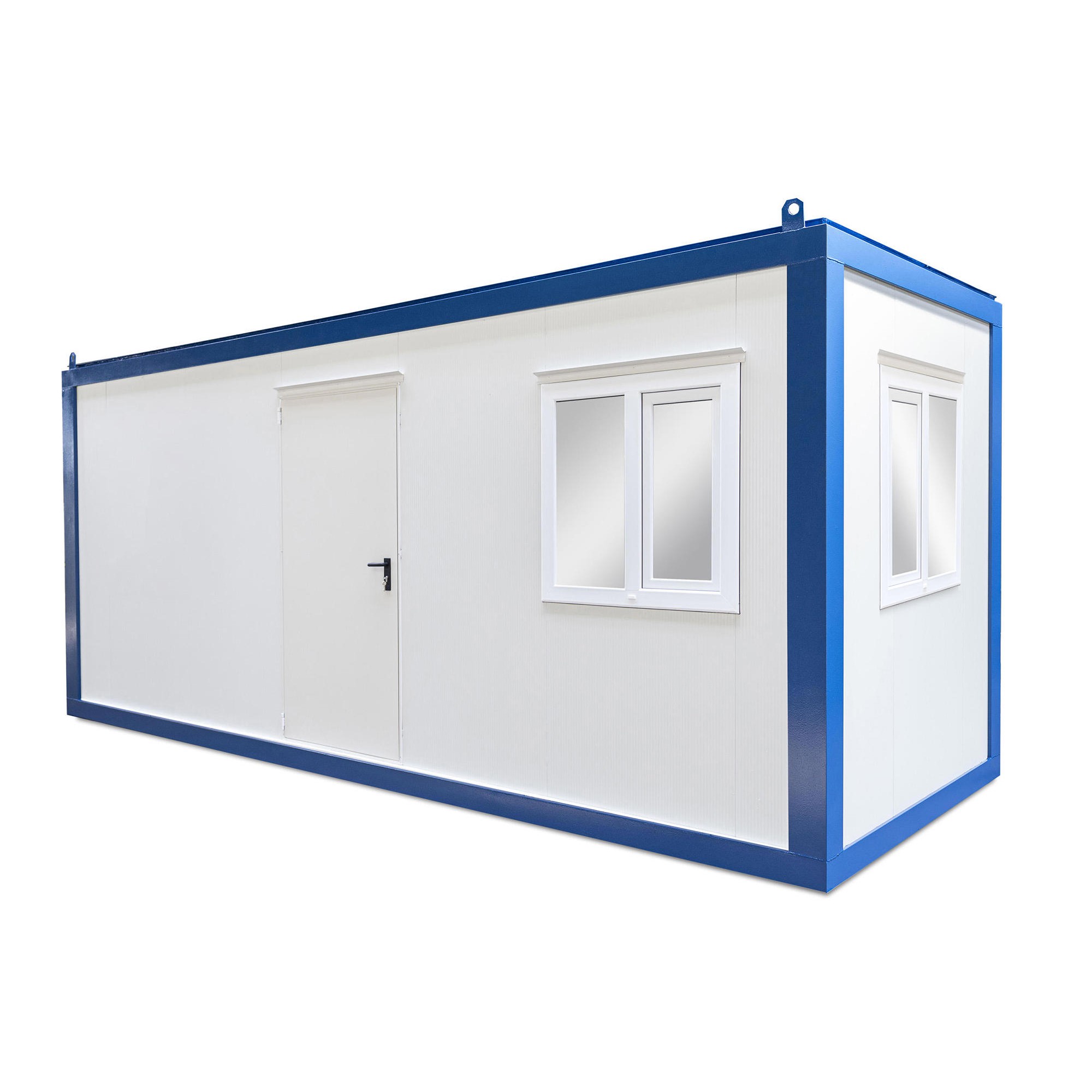Alege culoarea:
Caracteristici
Type:
40'

Dimensions:
40',40'
Cubic capacity of the 40’ Shipping Container: 66.4 m³
Load capacity (weight) for the 40’ Maritime Container: 26,760 kg – 28,760 kg.
40’ Maritime Container weight 3,720 kg – 3,740 kg.
40’ Maritime Container: maximum gross weight: 30,480 kg – 32,500 kg.
External length for the 40’ Maritime Container: 12.032 metres.
External width for the 40’ Maritime Container: 2.352 metres.
Internal height for the 40’ Maritime Container: 2.392 metres.
External length for the 40’ Maritime Container: 12.192 metres.
External width of the 40’ Maritime Container: 2.438 metres.
External height for the 40’ Maritime Container: 2.591 metres.
Height of the opening for the 40’ Maritime Container: 2.340 metres.
Height of the opening for the 40’ Maritime Container: 2.280 metres.
Load capacity (weight) for the 40’ Maritime Container: 26,760 kg – 28,760 kg.
40’ Maritime Container weight 3,720 kg – 3,740 kg.
40’ Maritime Container: maximum gross weight: 30,480 kg – 32,500 kg.
External length for the 40’ Maritime Container: 12.032 metres.
External width for the 40’ Maritime Container: 2.352 metres.
Internal height for the 40’ Maritime Container: 2.392 metres.
External length for the 40’ Maritime Container: 12.192 metres.
External width of the 40’ Maritime Container: 2.438 metres.
External height for the 40’ Maritime Container: 2.591 metres.
Height of the opening for the 40’ Maritime Container: 2.340 metres.
Height of the opening for the 40’ Maritime Container: 2.280 metres.






